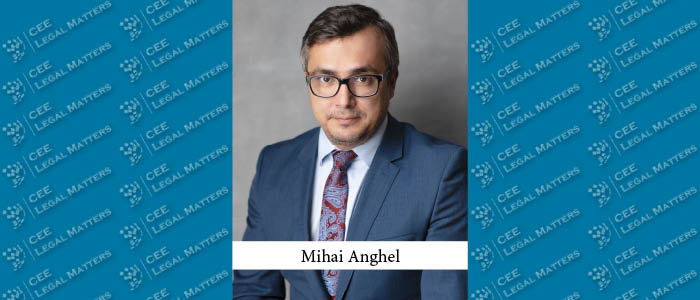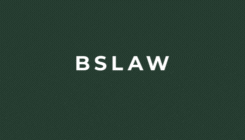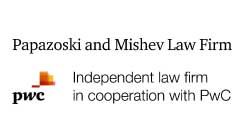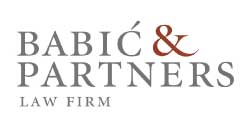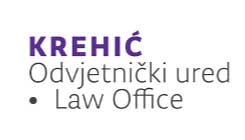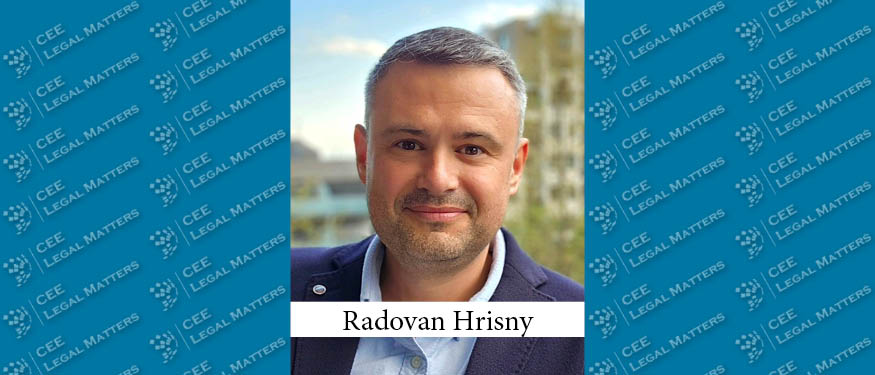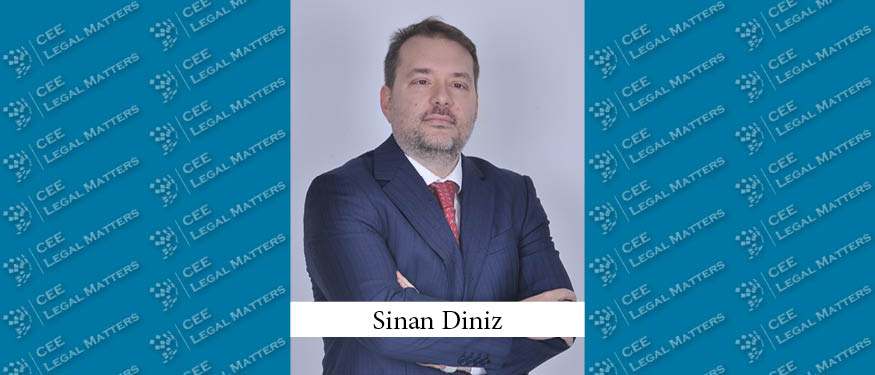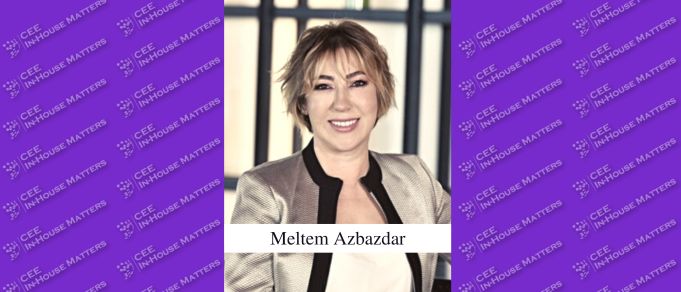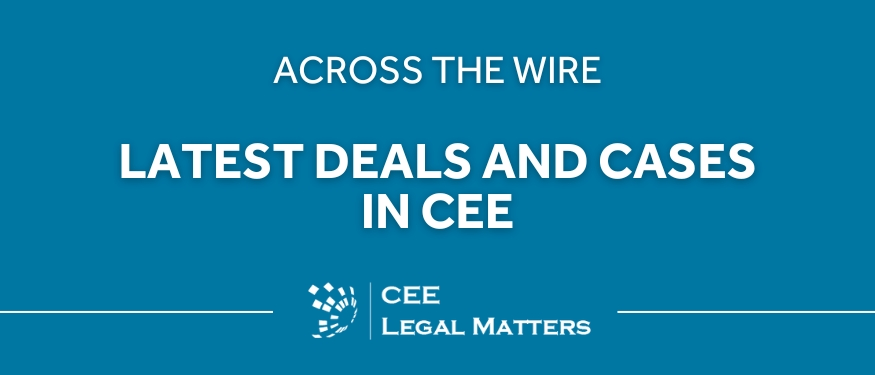Over the past years, the legislation dealing with workplace harassment has significantly expanded, with new rules and obligations continuously being added, especially for employers. Anti-discrimination laws, equal opportunity frameworks, and harassment prevention policies have all been gradually enforced, shaping an extensive legal landscape meant to protect employees from abusive behaviors.
While ensuring a safe and respectful work environment is undoubtedly crucial, the volume thereof and improper corroboration among different pieces of legislation are becoming increasingly overwhelming. Employers and human resources professionals must constantly adjust their internal policies, update training materials, and ensure compliance with evolving requirements. Such a process demands significant resources, particularly for smaller businesses with limited capabilities.
Recently, Government Decision no. 27/2025 broadened the employer’s responsibilities, among others, by mandating that anonymous complaints be investigated, as long as they comprise information on workplace harassment. While such a requirement may be well-intended to protect employees against victimization, we cannot help but wonder how such complaints are to be handled fairly and effectively. Additionally, it remains unclear how employers can manage the risk of mean-spirited or plain false complaints submitted by the employees, now additionally protected by the shield of anonymity.
In our view, the current anti-harassment framework could have been improved in other areas, which the legislator has instead still left unaddressed. For instance, one notable issue existing since the adoption of Government Decision no. 970/2023 is the lack of alignment between the procedures set out under the anti-harassment guide, on one hand, and the Labor Code, which establishes the disciplinary procedure, on the other hand.
Neither regulation explicitly refers to the other despite some steps of the harassment investigation process resembling the disciplinary route (e.g., a final report to be prepared after the investigation is ended, comprising the measures proposed to address the situation). Hence, in the absence of proper coordination, uncertainty arises about how workplace harassment investigations should effectively be integrated into the broader disciplinary framework to ensure that all the specific steps and timelines are abided by.
This raises the question of whether an employer’s investigation of harassment allegations, as outlined in the guide, is intended to be a standalone process that precedes any potential disciplinary action or whether the disciplinary procedure can be incorporated into the harassment investigation itself. Without clear legislative coordination, employers struggle to determine whether they must apply both procedures separately or if a unified approach is permissible.
It should be noted that failure by the employer to comply with the timeframes and mandatory procedural steps generally results in the annulment of its actions in court, regardless of whether the measures are factually justified. The stakes are therefore high, as non-compliance does not merely create procedural confusion for employers but can also lead to legal challenges, reinstatements, or liability for damages, ultimately undermining the very purpose of addressing workplace harassment effectively.
Separately, adding to the already complex framework, the Ministry of Labor has recently initiated a new legislative project aiming to supplement the Labor Code with additional workplace harassment provisions.
Although various legal enactments already provide multiple definitions of workplace harassment – definitions that are not entirely consistent, not even at this moment – the new legislative proposal introduces yet another one, which also fails to align with the existing ones. To be more precise, while the current guide under Government Decision no. 970/2023 defines harassment as involving multiple or repetitive incidents, the legislative proposal states that harassment is unacceptable regardless of whether it occurs repeatedly or as a single, isolated act.
While the draft is still in its early stages, it signals yet another layer of regulation in an already dense legal landscape, likely to create even more confusion if adopted in the current version.
In conclusion, while the intention behind workplace harassment laws is commendable, the increasing complexity and volume of regulations create practical challenges. Striking a balance between employee protection and realistic implementation should be the priority. Without careful consideration, we risk creating a system that prioritizes bureaucracy over actual workplace safety and well-being. Instead, legislators should focus on ensuring that existing regulations are consistent so as to facilitate their effective implementation rather than continuously expanding them.
Otherwise, one cannot help but question whether these additional regulations genuinely enhance workplace safety or merely add another layer of bureaucratic burden for everyone involved.
By Mihai Anghel, Partner, Tuca Zbarcea & Asociatii
This article was originally published in Issue 12.3 of the CEE Legal Matters Magazine. If you would like to receive a hard copy of the magazine, you can subscribe here.

